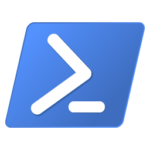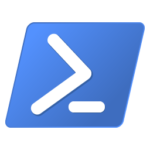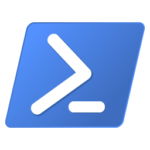We are excited to announce that the July update to the PowerShell Extension for Visual Studio Code
is now available on the extension marketplace.
This release renames the “PowerShell Integrated Console” to the “PowerShell Extension Terminal” to align with VS Code’s verbiage, adds many regression tests, and includes a number of bug fixes!
Updates in the July release
Note that these updates all shipped in our PowerShell Preview Extension
for VS Code before shipping in our stable channel.
Some highlights of July release:

 vscode-powershell #4093 – Use
vscode-powershell #4093 – Use globalStorageUrifor log and session files.
 vscode-powershell #4053 – Rename “Integrated Console” to “Extension Terminal”.
vscode-powershell #4053 – Rename “Integrated Console” to “Extension Terminal”.
 PowerShellEditorServices #1849 – Add
PowerShellEditorServices #1849 – Add Directory.Exists()check toSetInitialWorkingDirectoryAsync().
For the full list of changes please refer to our changelog.
Improvements to our tests
We are currently building out regression tests for the extension to cover everything we broke and subsequently fixed during the major rewrite earlier this year. We have a strong focus on quality,
and want to ensure we continue to deliver a production-ready, high-quality extension to you, our users.
We have made a large investment in improving the extension so we want to be able to
confidently continue to iterate on this project without inadvertently impacting the performance, stability, or feature set.
We’ve begun this work already, and are tracking in our GitHub repository.
Some highlights of this work so far include:

 PowerShellEditorServices #1846 – Add end-to-end Pester unit test.
PowerShellEditorServices #1846 – Add end-to-end Pester unit test.
 PowerShellEditorServices #1857 – Add regression test for
PowerShellEditorServices #1857 – Add regression test for $PSDebugContextinpromptfunction.
 PowerShellEditorServices #1858 – Add regression test for debugging script with dot-source operator.
PowerShellEditorServices #1858 – Add regression test for debugging script with dot-source operator.
 PowerShellEditorServices #1861 – Add
PowerShellEditorServices #1861 – Add DebuggerBreaksInUntitledScriptunit test.
 PowerShellEditorServices #1859 – Update and extend CI matrix.
PowerShellEditorServices #1859 – Update and extend CI matrix.
 PowerShellEditorServices #1793 – Improve CI stability.
PowerShellEditorServices #1793 – Improve CI stability.
Getting support and giving feedback
While we hope the new implementation provides a much better user experience, there are bound to be issues. Please let us know if you run into anything.
If you encounter any issues with the PowerShell Extension in Visual Studio Code or have feature requests, the best place to get support is through our GitHub repository.
Sydney
PowerShell Team
The post PowerShell Extension for Visual Studio Code July 2022 Update appeared first on PowerShell Team.




